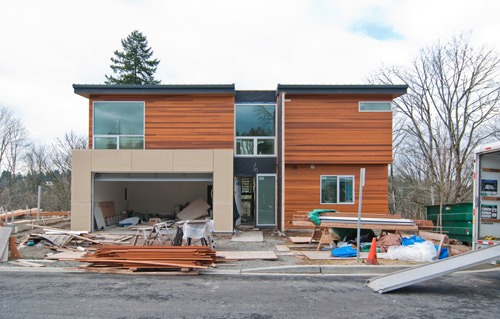
Wrapping up a project typically involves quite a few variables, some less apparent than others. Along with the various trades attempting to finish up in harmony with one another, there are a variety of additional items to check off the list. These items may not fall under any one trade in particular, and end up as task items for the construction manager to cover (depending on how the project is structured). Regardless of who’s accountable for these items on the tail end of a project, they need to get done. Here are our top 10 checklist items for wrapping up a residential project.
1. Don’t let the clients move in until the project is D.F.C. While it may be tempting for the owners to move into their new or remodeled home with only a few items still on the To-Be-Completed List, it’s just not worth it for anyone (including the owners). If move-in happens before a project is D.F.C. (Done, Finished, and Complete), it just makes everyone’s job that much more difficult. The risk of damaging furnishings increases and it simply adds more variables that stretch out the completion timeline. Likewise, owners will be able to enjoy their house in greater measure when they don’t have a few trades still wrapping up their business. There will inevitably be additional punchlist items to address when the owners move in, but the idea is to complete the project and then address only minor items to minimize the impact to the clients as they settle in their new home.
2. Test all the appliances. As obvious as it sounds, you’d be surprised what can slip through the cracks in the momentum to finish up a project. Things may be hooked-up, powered-up, and synched-up, but until you put on your homeowner’s cap and test the dishwasher to make sure that it actually washes dishes, the job isn’t done.
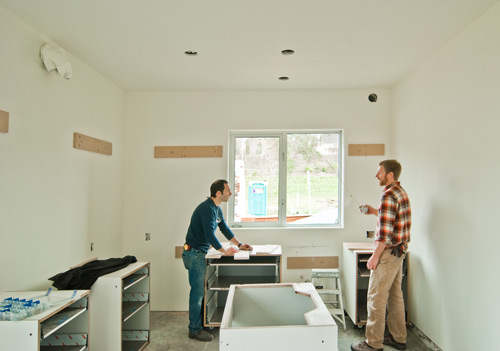
3. Make sure the plumbing works. Again, it sounds obvious, but there are a lot of mechanisms required to get water coming out of the shower head at just the right temperature. The minimal amount of time it takes to test each plumbing fixture is well worth preventing the owner from finding the problem first.
4. Test all the cabinet guides. With plumbers, electricians, HVAC technicians and everybody else completing their trim-out, things get bumped around a bit. A quick drawer check is high on the time-to-value ratio.
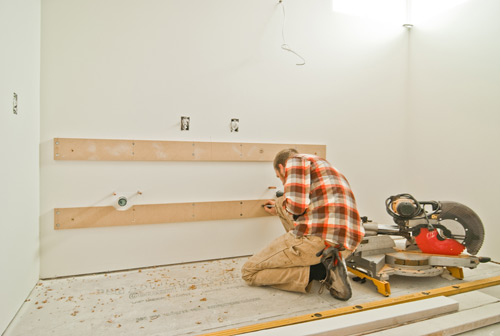
5. Re-key the project. It’s good practice to start with a clean slate on door locks and hand the owners a fresh set of keys for their new home.
6. Seal it up. Make sure that all the doors are closed and locked, and that all the windows are closed and latched. It’s always tough to tell who might be the last trade to leave the job site each day and appointing a specific individual (typically the construction manager) to close and lock everything up insures that the owners won’t arrive to find a puddle of water on their brand new floor.
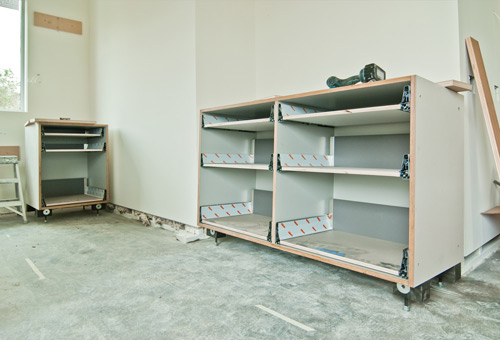
7. Vacuum out the cabinets. An overall cleaning of the home is customary with any project completion, but those darn cabinets boxes seem to get missed more than any other item. Add an extra line item to the wrap-up list and get that vacuum nozzle into the nooks and crannies of the cabinets.
8. Know which trade is going to be the last on site and “hold their hand.” Somebody is going to be last off the job site and it’s probably because they need more help, information or guidance. Figure out who it’s going to be and schedule in a bit of extra time to get them what they need.
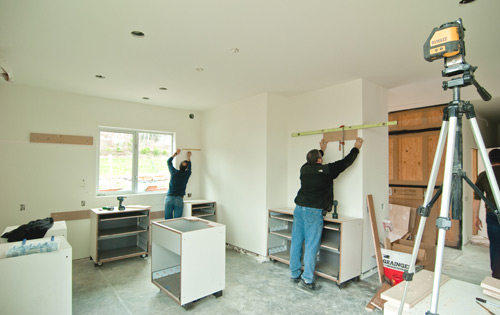
9. Leave some paint on site. If the home needs a little touch up in the future, it’s very easy to send your painter out with simple instructions to use the paint on-site that’s already been color-matched to the project.
10. Throw a completion party. A firm deadline gets everyone finishing up their respective package of work; nobody wants to be the slacker that couldn’t pull it together. A party is also a great way to honor the clients, thank the neighbors and market to potential clients (but that’s another blog post…)
What’s on your wrap-up list?
Cheers from Team BUILD





